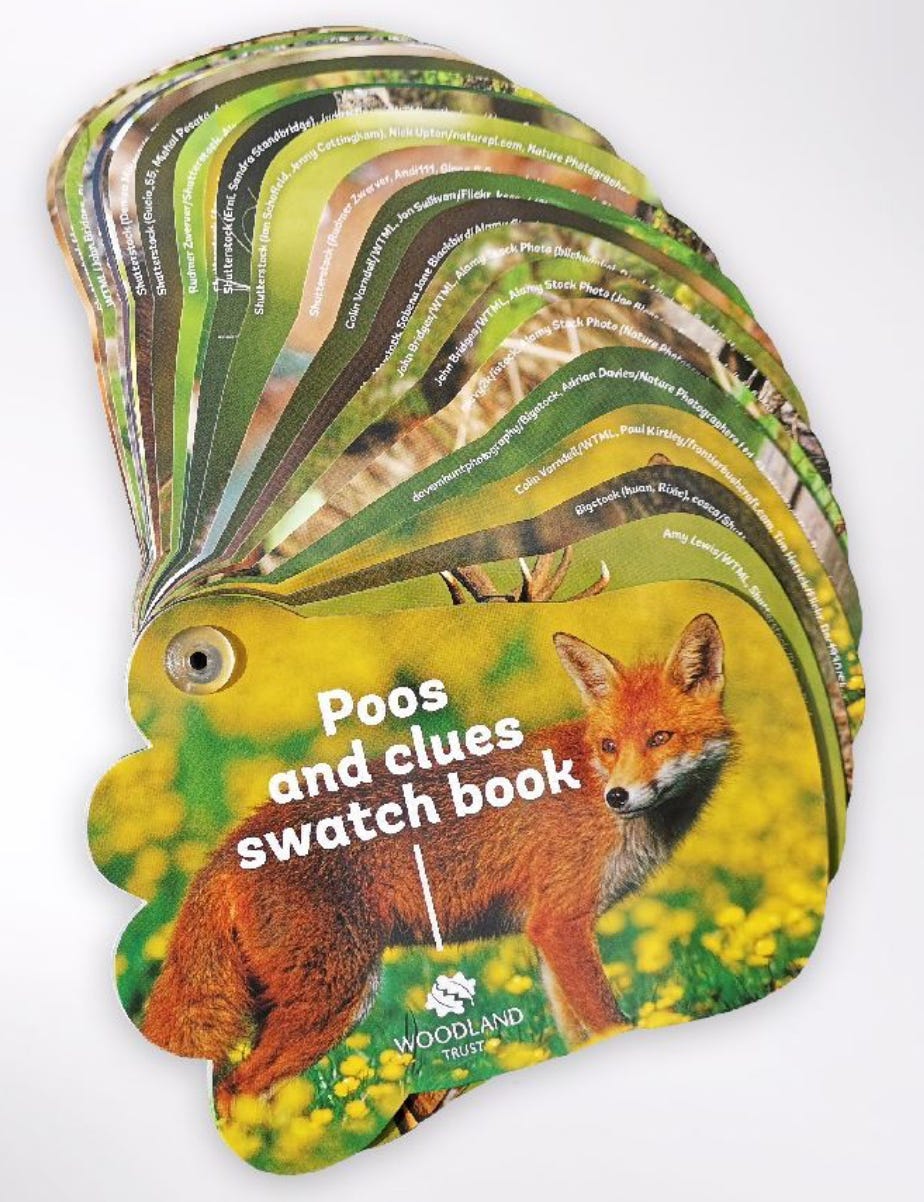First off, I have found people in London who don’t know what Kew Gardens is. So if you’re further afield (or not), and don’t know what I’m talking about, let’s start here:
Kew Gardens is a botanic garden (and originally a royal palace), with 500 acres of green space, trees, glasshouses and so forth, on the west side of London. It’s home to more than 30,000 plant and seed species from around the world. There are more than 14,000 trees in the Arboretum. The Temperate House is the oldest surviving Victorian greenhouse in the world, and holds 1,200 plants from Asia, Africa, the Americas and Australasia. Kew’s Herbarium holds 330 species collected by Charles Darwin himself, and 30,000 new samples are added to the Herbarium collection every year.
You can see plants from Venus fly traps to giant sequoias, African water lilies to Alpine ferns. In short, it’s heaven for plant lovers and a perfect place for a child to discover their inner botanist. It’s also an ideal way to feel like you’ve spent the day in the countryside without leaving London.
Kew recently introduced science backpacks for younger visitors. You can book them in advance, but you can also now just turn up on the day and ask for one. Obviously it depends on whether they have any available. When we went on a cool weekday recently we got there early and the children were very excited to be handed a backpack each. (They cost £5 to hire two for Kew members, and slightly more for non-members. There are different backpacks for 3-7 and 7+, but we couldn’t see the difference between them.)
We went straight to a sunny patch of grass to discover what the packs held. Initially I was slightly disappointed that there were no trails or activities for the children to complete, but it turns out my disappointment was unfounded. Because there were no guidelines, the children were free to use the equipment however and whenever they liked. The children spent all day exploring the gardens. Literally—when we tried to return the backpacks at the end of the day, the staff at the information desk had already gone home.
The children want to hire the backpacks every time we visit Kew. There’s nothing especially fancy inside, and it occurred to me that I could easily put a pack together myself. And so could you. So here’s what was inside:
Crayons, pencil, marker pen.
A5 clipboard, waterproof notebook, few sheets of thick paper for sketching. (The A5 clipboards are much easier for small hands to handle.)
Tape measure (we measured lots of tree trunks and leaves.)
Bug magnifier (also good for looking at seeds close-up).
Compass.
Torch, for exploring dark corners and shining through leaves etc.
Plant, tree, and bug ID booklets from The Woodland Trust.
Masking tape (which we didn’t use, but could be used for things like bark or leaf rubbings).
Extendable mirror, for looking under and behind things. Also just really good for encouraging children to look closely.
Magnifying glass.
Obviously, part of the appeal was that the children only had the packs for that one day. If we owned all this stuff in our very own nature backpack, would they still enjoy it so much? Maybe! They had such a great day with it all. It’s all simple, sturdy stuff, and not heavy to carry, and works just as well in your local park as it does in a world-class botanic garden. I know we’re not the only family that sometimes struggles to get out of the house and into the great outdoors. Having a few of these in your bag might just make it a little more enticing.
Thanks for reading. If you’re not subscribed to How We Homeschool, sign up for free and never miss a post.






Thanks for writing out the list, I'm definitely going to put these things together to liven up trips to the outdoors.
Thankyou for the great idea. Getting outdoors is my biggest struggle with the wet weather we seem to have had for so long and when it's hot it's too hot ! This has been an inspiring read and although Kew is a unique place to explore we can take for granted so many great parks and open spaces, which, local councils work so hard to maintain for our use.